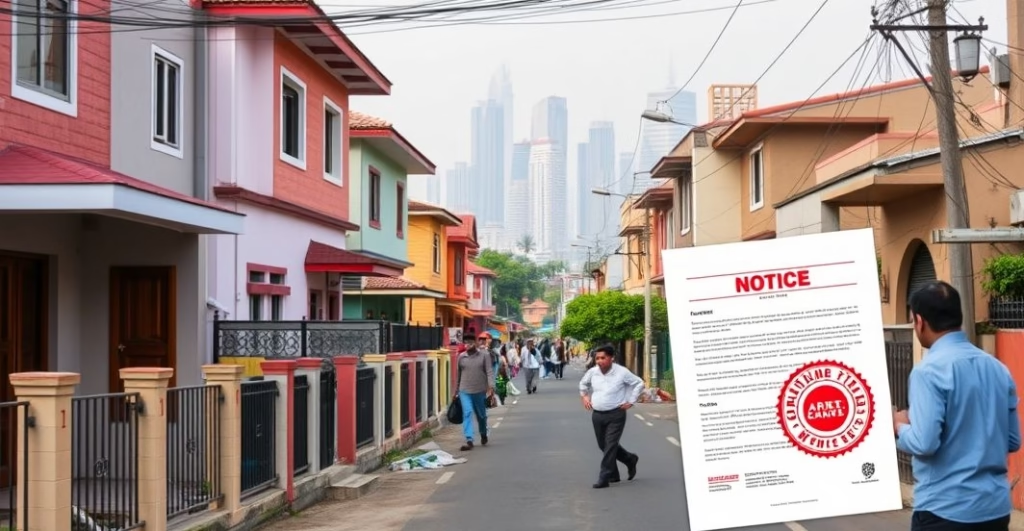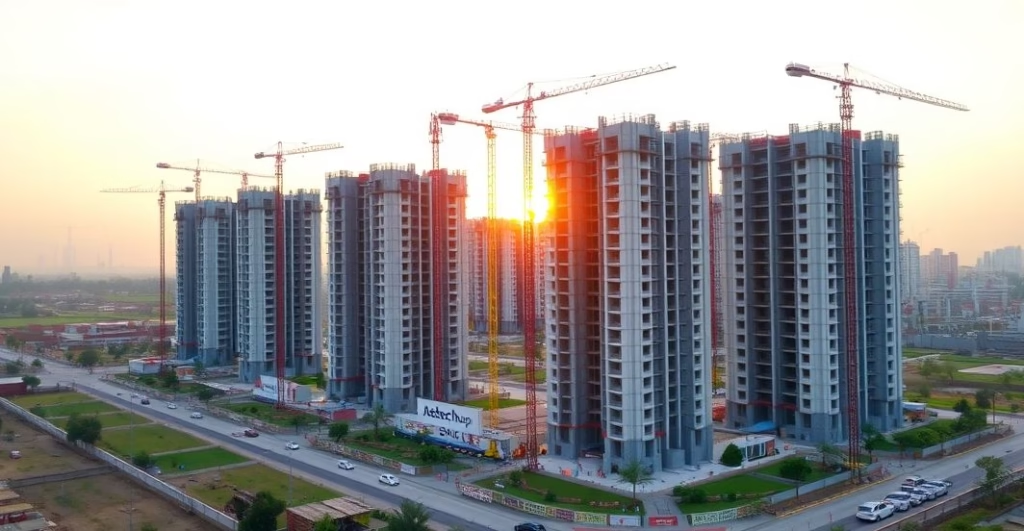Auto-published by Growwh – a smarter way to scale content and marketing. Want to know more? Chat with us.
NCLAT upheld NCLT orders that UCO Bank’s home loans to buyers are not Bulland Buildtech’s financial debt, dismissing an Rs 19-cr claim in the insolvency process.
NCLAT verdict: home loans not developer’s financial debt
On Oct 31, 2025 the National Company Law Appellate Tribunal (NCLAT) upheld NCLT orders rejecting UCO Bank’s claim that home loans sanctioned to 45 buyers were a financial debt of Bulland Buildtech. The tribunal agreed with the resolution professional that the loans were between the bank and individual allottees; tripartite agreements did not create a repayment obligation on the developer.
Case background
Bulland Buildtech’s Bulland Elevates project in Greater Noida sold units between 2013–2015. Forty-five buyers took loans from UCO Bank which disbursed funds to the developer under tripartite agreements. When Canara Bank initiated a corporate insolvency resolution process (CIRP) in 2021, UCO Bank filed an Rs 18.8–19 crore claim seeking recognition as a financial creditor. The interim resolution professional and subsequent resolution professional rejected the claim and the Committee of Creditors (with a 94% voting share) approved a resolution plan by Saviour Builders.
Why the tribunal sided with the resolution plan
- The resolution professional determined the facility was given to individual allottees — not the corporate debtor.
- Records showed many alleged allottees were not on the builder’s official list and several claims lacked documentation.
- The tripartite agreements did not impose an indemnity or repayment obligation on the developer; the arrangement was not a subvention scheme.
- NCLAT confirmed that tripartite arrangements and CERSAI registration alone do not convert purchaser loans into developer financial debt under the IBC.
Practical implications for stakeholders
Developers: Approved resolution plans can proceed even when banks claim secured status through buyer loans, provided the resolution professional and CoC properly evaluate and reject unsupported claims.
Banks and lenders: This ruling narrows the scope to treat purchaser loans as developer liabilities. Lenders should strengthen documentation, verify the existence of allottees, and consider alternate recovery routes such as DRT decrees or avoidance proceedings.
Homebuyers and investors: Buyers should insist on transparent tripartite agreements and confirm whether the builder has assumed any repayment obligations. NRIs and overseas investors in particular must perform thorough checks — see practical guidance on legal due diligence for NRI property buyers in India to avoid unexpected exposure.
Actionable steps
- Verify allotment records, demand letters and builder books before assuming liability for any shortfall.
- Check CERSAI registrations, DRT decrees and other public records tied to the unit and buyer.
- Clarify in writing whether a tripartite agreement is a genuine subvention scheme or merely a facilitation of buyer payment.
- Engage early with the resolution professional if a CIRP is initiated to protect buyer or lender interests.
- For investors, review macro strategy and scenario planning to protect capital — learn how to future-proof your wealth: Indian real estate in 2026.
What to watch next
Expect lenders to refine loan-sanction structures and documentation protocols. Insolvency professionals will likely scrutinise tripartite arrangements more intensively, and developers who intend to assume repayment obligations will add clearer contractual clauses. If avoidance proceedings yield recoveries, those funds may be applied to bank claims subject to the approved resolution plan; Saviour Builders indicated it would not object to such recoveries being paid to the bank.
For ongoing analysis, case studies, and related policy updates, explore more on PropTrust blogs. In short, this NCLAT ruling reinforces that legal form and explicit contractual obligations determine whether purchaser loans can be treated as corporate debt under the Insolvency and Bankruptcy Code.
This article was auto-generated as part of a smart content campaign powered by Growwh.com. Curious how we do it? Chat with us to learn more about our content automation systems.


